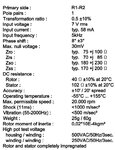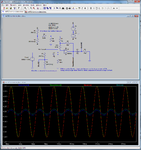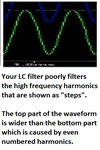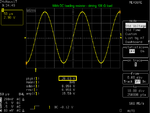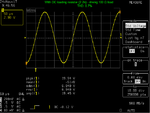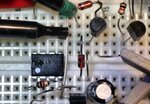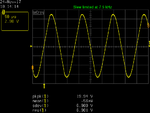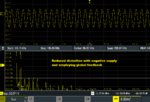vikash23
Full Member level 2
Hi,
I have a function generator AFG-2005
**broken link removed**
Can I please know how much it can source and sink in the output ?
I am looking around 100mA to source at the output.
I would like to generate a sin wave of 7V pk-pk with 5KHz and to drive a load of 60mA - 70mA.
I dont prefer to use an opamp to the out put of sig gen as again i need to use a dual power supply for positive and negative voltage.
I have a function generator AFG-2005
**broken link removed**
Can I please know how much it can source and sink in the output ?
I am looking around 100mA to source at the output.
I would like to generate a sin wave of 7V pk-pk with 5KHz and to drive a load of 60mA - 70mA.
I dont prefer to use an opamp to the out put of sig gen as again i need to use a dual power supply for positive and negative voltage.
